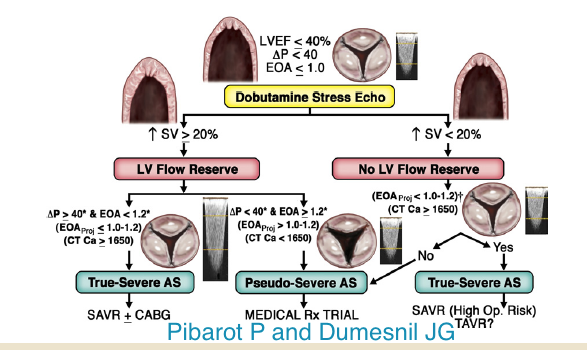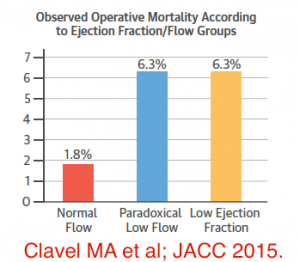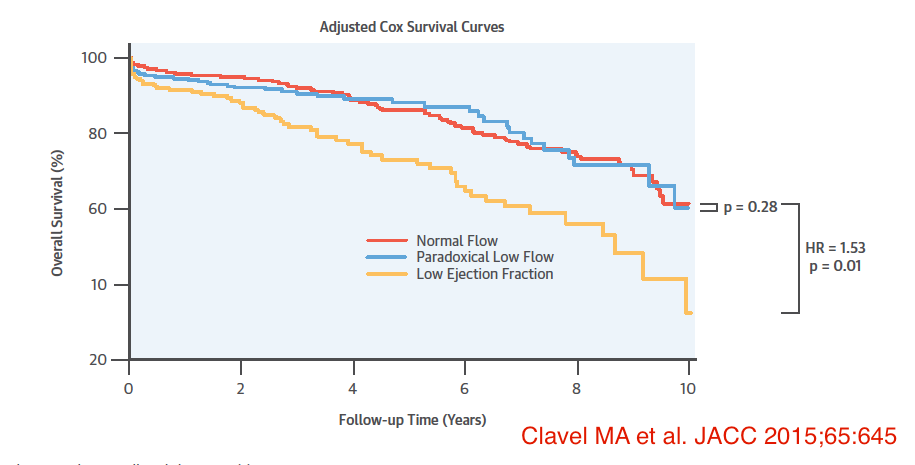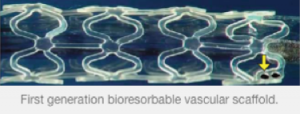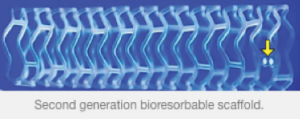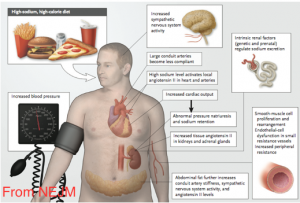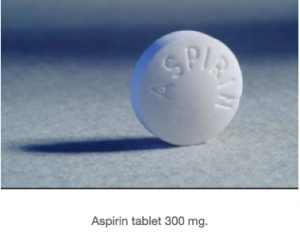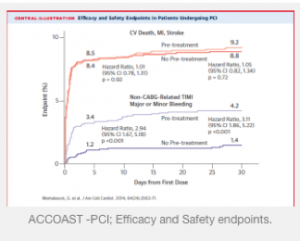Low flow aortic stenosis (LF) with low left ventricle ejection fraction (LVEF) or normal LVEF continues to perplex physicians and cardiologists alike. The terms are confusing and the management strategies still are to be sorted out. An excellent Canadian paper describes clinical outcomes with aortic valve replacement (AVR) in these subsets of patients in the latest issue of JACC. But first we need to define these groups of patients. Severe valvular aortic stenosis (AS) is defined as aortic effective orifice area (EOA) of less than 1 cm2 or < 0.6 cm2/ m2 if indexed to body surface area, a peak echo velocity jet of more than 4 m/sec, and a mean gradient greater than 40 mm Hg. Surgical intervention is mandatory when a patient with severe AS becomes symptomatic with chest pain, breathlessness or syncope. Aortic valve replacement (AVR) is also recommended for asymptomatic patients with severe AS who would need CABG/ another valve surgery, poor LVEF (< 50%), or a patient who gets symptoms while doing an exercise ECG (TMT) test.
Continue reading “THE DILEMMA OF “LOW FLOW-LOW GRADIENT” AORTIC STENOSIS”
